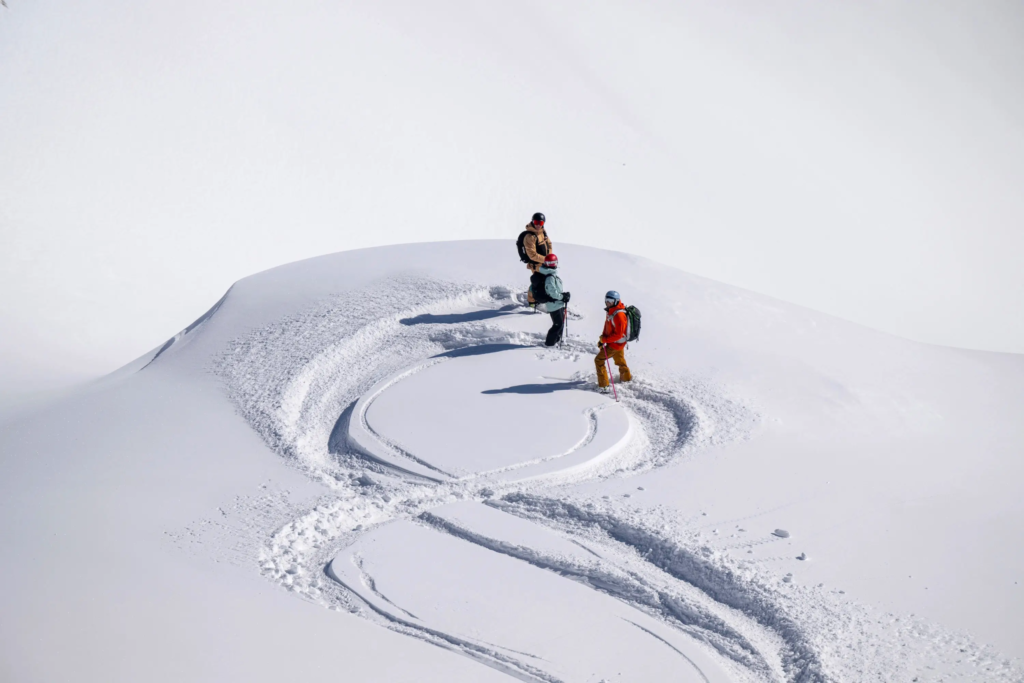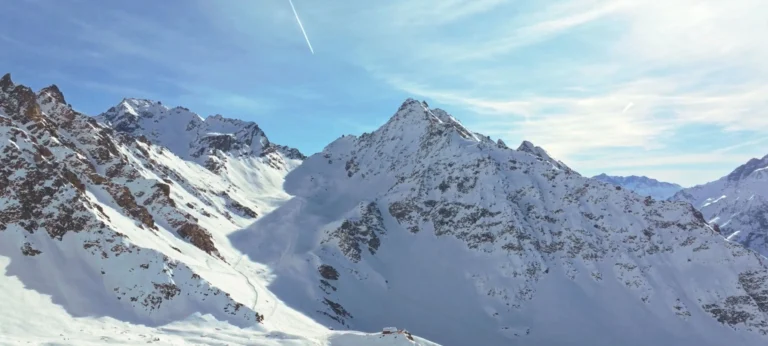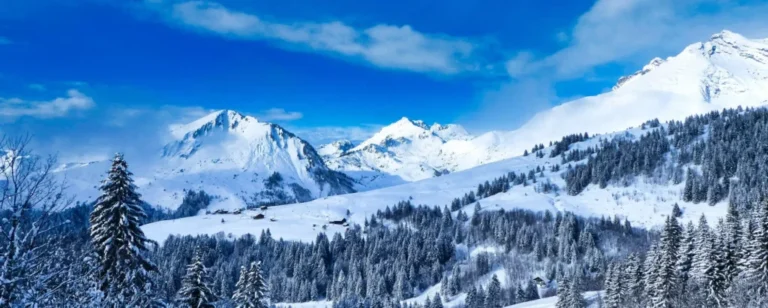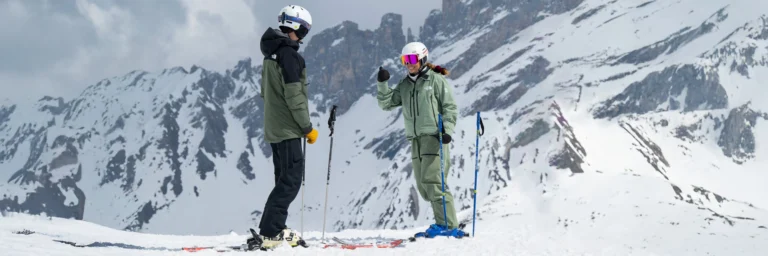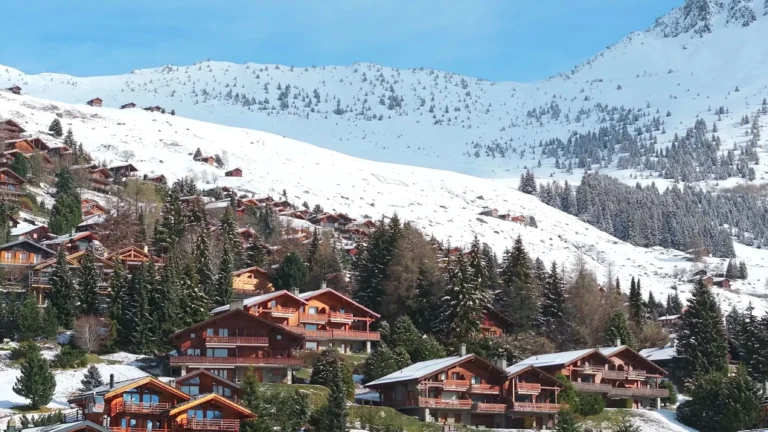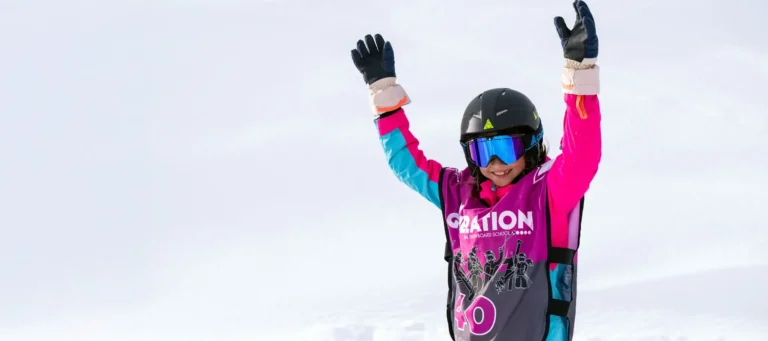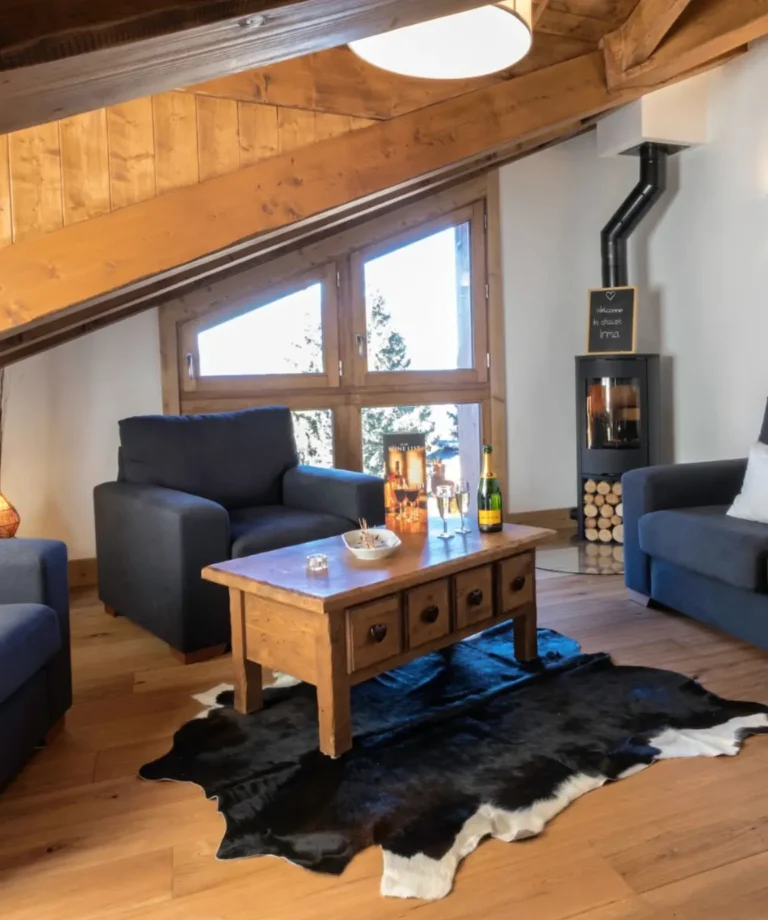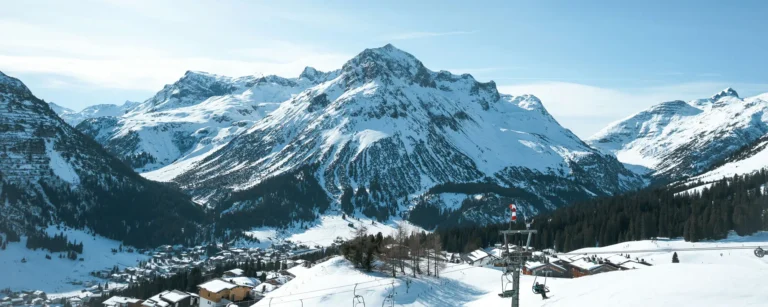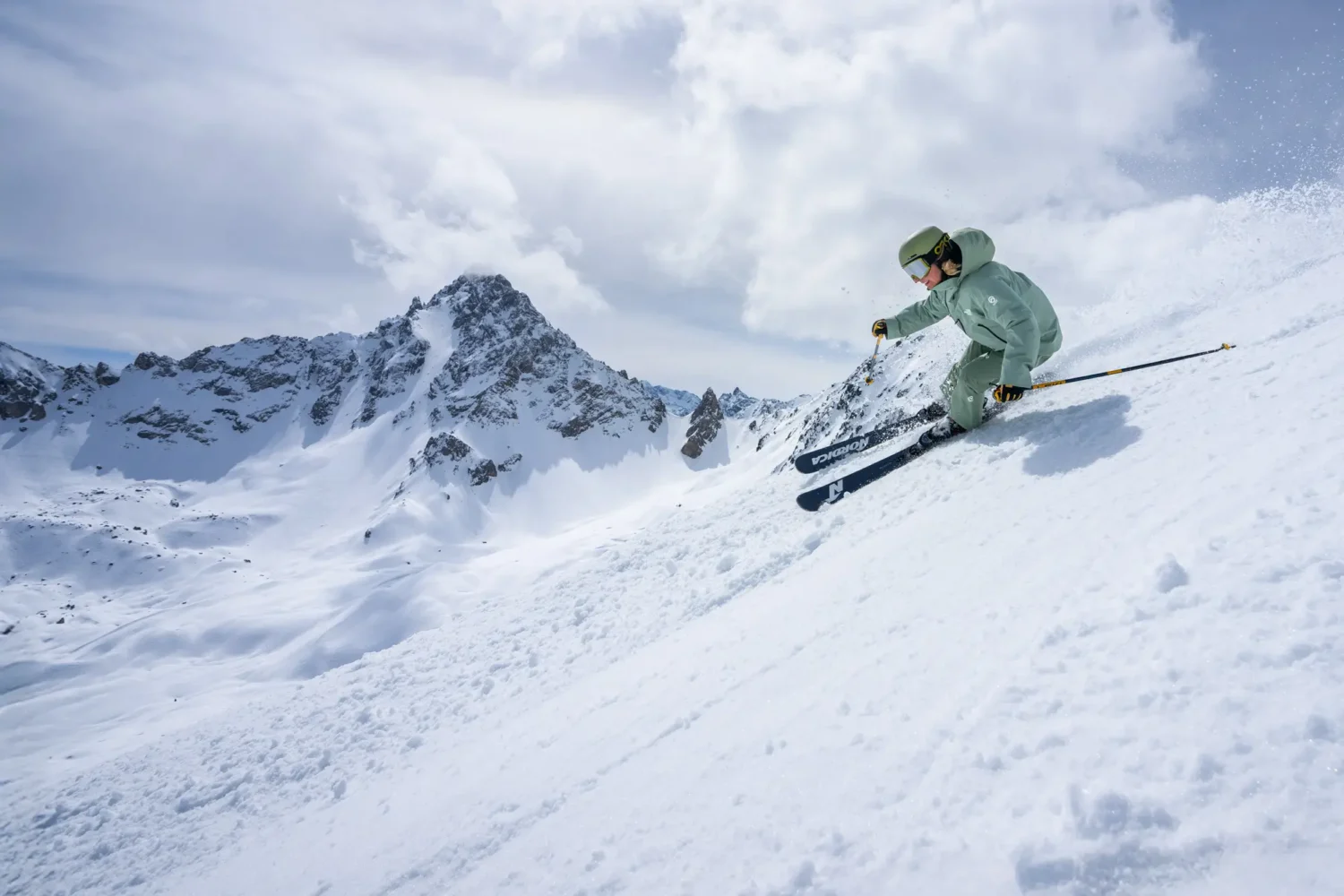We all cross our fingers and hope that when we’re out on a week’s ski holiday, it will snow each night, and the sun will shine down on bright blue powder days all week. But if you’ve skied a bit, you’ll know you’ve got to take the rough with the smooth, and that can mean skiing in bad visibility. Here we share some tips to help you ski in poor visibility.
SKIING IN BAD VISIBILITY: HOW TO BATTLE A WHITEOUT
Skiing in poor weather requires concentration and focus, here are our top tips.
- Stick to runs that go through the trees
- Use the piste markers
- Ski in a group and stick together
- Always stay on piste and use your map
- Get suitable goggles for flat light
- Change your elevation
If you’ve got a day (or a few) of bad visibility while you’re skiing – or as it is nicknamed, a “whiteout” – it can be a testing time for your skiing. Often, seeing more than a few feet ahead of yourself is impossible, and it can be frustrating and a bit nerve-wracking. However, if you know a few secrets of how to deal with a whiteout, you’ll still have a great day skiing.
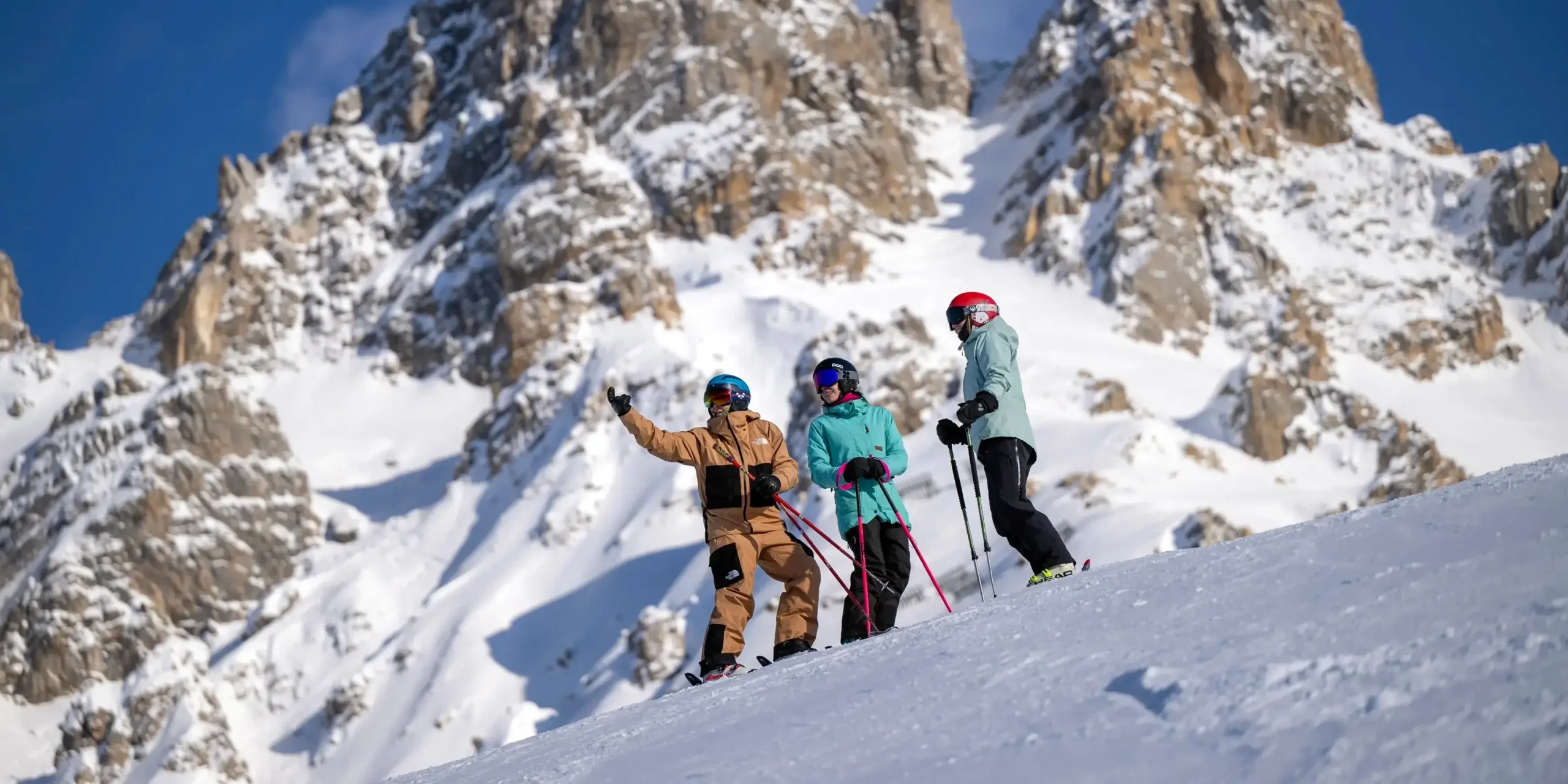
What’s a whiteout?
A whiteout is when visibility and contrast on the mountain is severely reduced due to snow, clouds, fog and wind.
Stick to runs that go through the trees.
It is much easier to see in a whiteout in areas with trees or landmarks (such as buildings), as they provide definition and improved spatial awareness. Also, the contrast between the trees and the white snow gives you a good depth perception.
The best areas to head to on a whiteout day:
- Courchevel: Head straight to La Tania for the Folyeres blue run. This weaves back down towards La Tania through the trees. For red-run skiers, try Murettes or Brigues. For advanced skiers, try Jockeys the black. These runs are some of the best in Courchevel and should be remembered!
- Méribel: Take the Rhodos bubble and try the Rhodos or Altiport run. Alternatively, if you’re a confident blue run skier, you can ski the Lapin piste to Meribel Village just in time for a well-earned coffee.
- Espace Killy: Head to the La Daille area, as there are plenty of trees to help you if you’re skiing in Tignes or Val d’Isère.
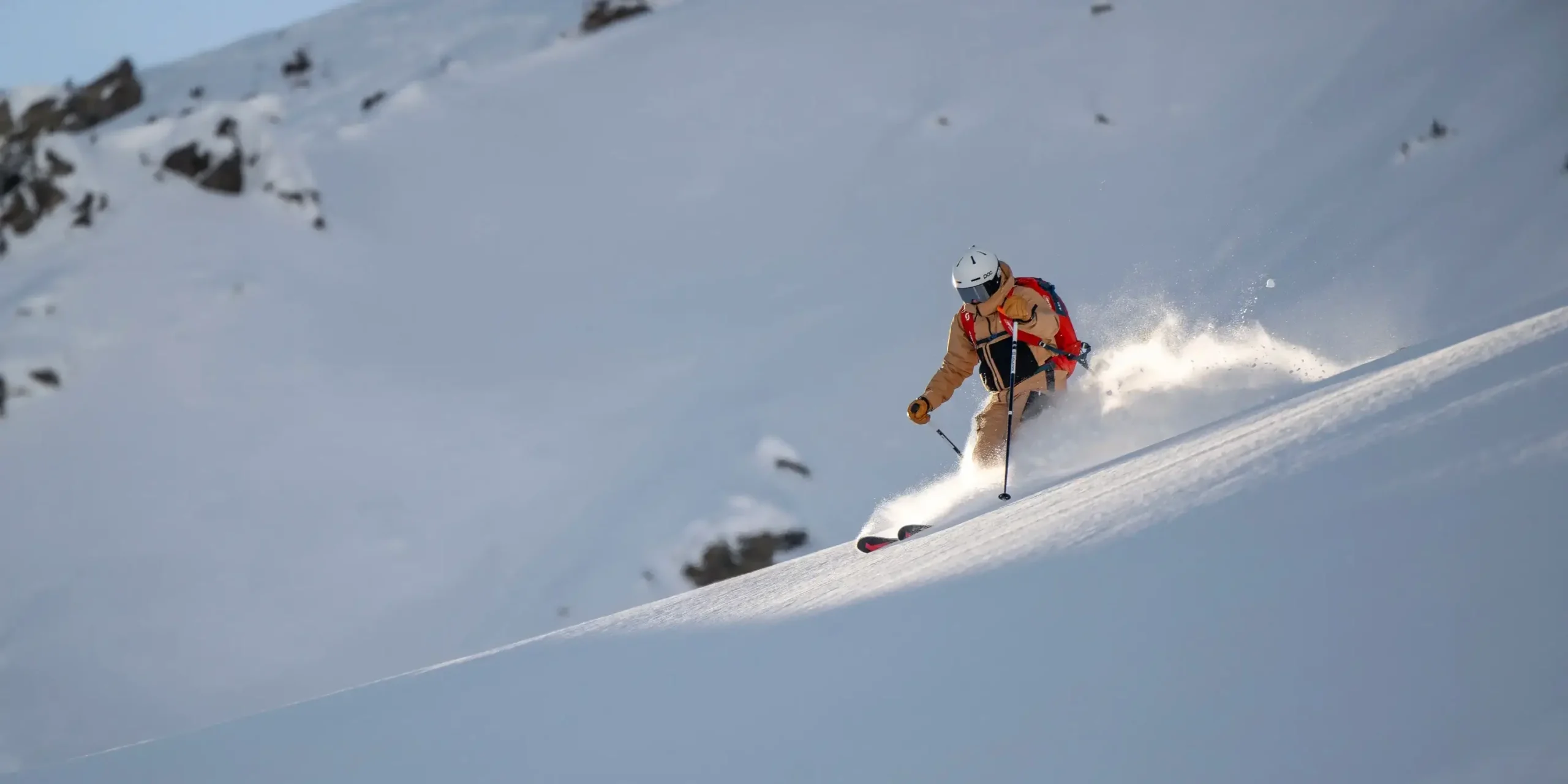
Use the piste markers.
If you’re away from trees or in an area such as the Espace Killy, where trees are few and far between, use the piste markers and follow them down the piste. This way, you can be sure that you won’t get lost. Did you know the pole to the right-hand side of the piste always has an orange top? This way, you always know if you’re on the piste on the right side of the piste marker.
Be sure to stick together and ski in a group.
Discuss the number of turns you’ll make before stopping or the number of piste markers you plan to pass before you stop. And try skiing in pairs. It is so much easier to ski behind someone, so splitting your group into teams and putting better skiers at the front should make it easier and mean no one will get lost. Skiing near other people will also help you keep your orientation as to where is up and where is down.
Always stay on piste and use your map.
Unless you know the run and exactly where you’re, it can be disorientating, and while on piste, there is no risk of falling off a drop. Grab your piste map or download the resort app and try to stick to runs that don’t split off in too many directions. This way, you’ll always end up at the lift together.
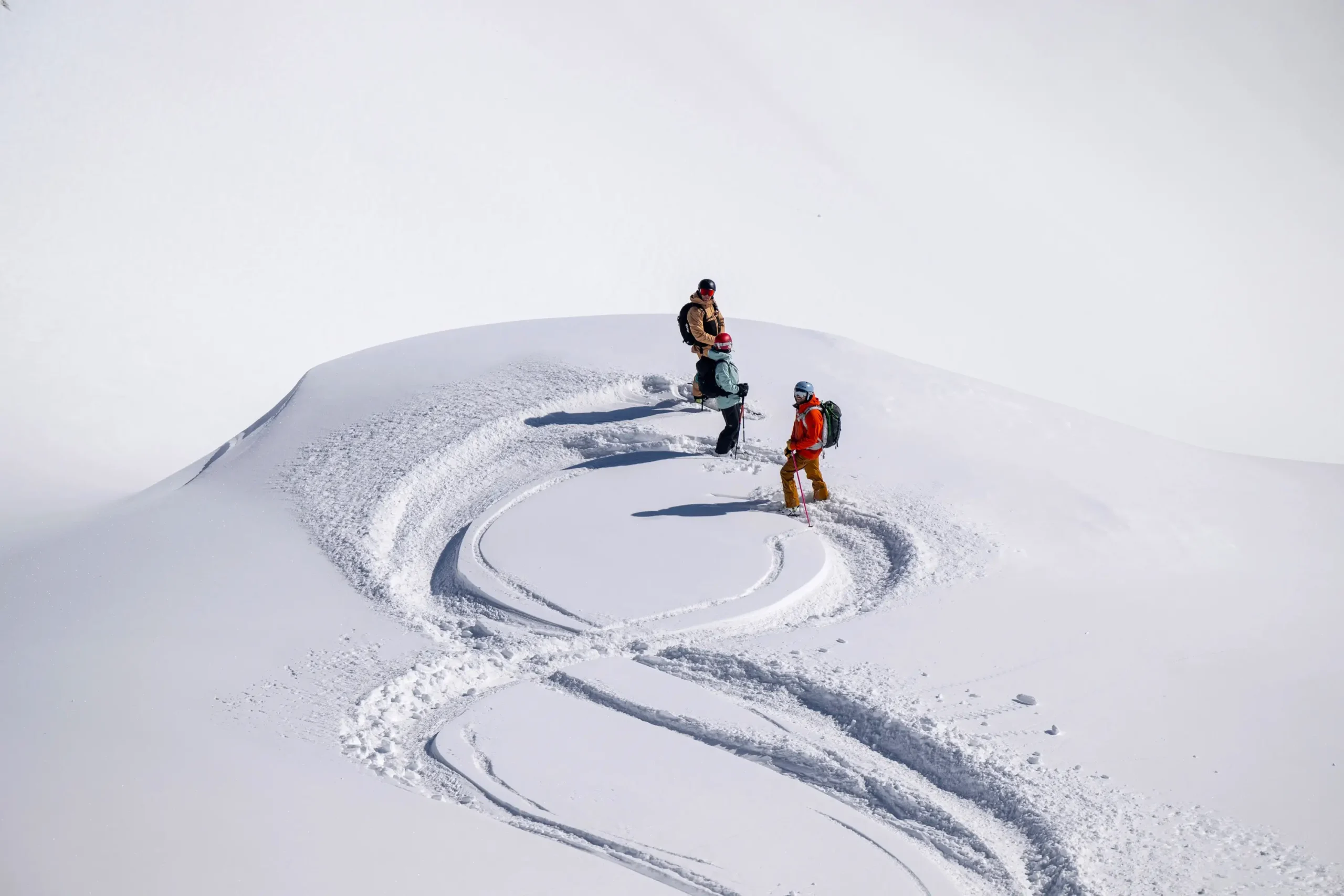
Get the proper goggles for flat light.
Most goggles come with two lens options: one for sunny days and one for flat light. Be sure you’ve got the flat light lens in on a whiteout day, as these let in more light than sunny ones, which will help define and contrast your surroundings.
Change your elevation.
Clouds and fog often cause flat light, but those clouds float around and don’t always cover the entire mountain. Usually, if you get a bit higher up on the hill, you can climb above the clouds and see some sun! Conversely, if up high is covered in clouds, try skiing in the lower areas of the resort. These areas will likely have more trees where clouds sit less quickly.
Please make the most of it!
As our Courchevel Ski Instructor, Andrea, says, “The day after a whiteout day, you’ll ski like a hero!”
